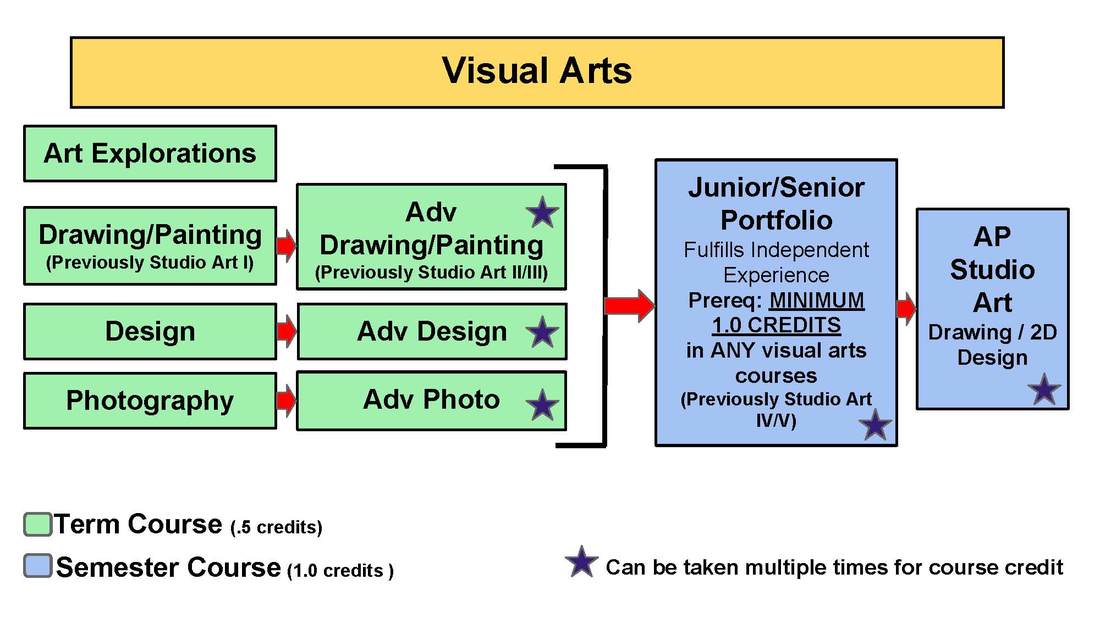The Arts at GDRHS
The Fine Arts Department serves two essential roles in secondary education curriculum: it functions as an elective requirement and as an academic path of development. All of GDRHS’s learning expectations reside in the Fine Arts. These standards play a special role in fostering the creative and critical thinking we expect in our students. In the case of the visual arts, every student needs to be visually literate in order to cope with the demands of citizenship in the twenty first century.
